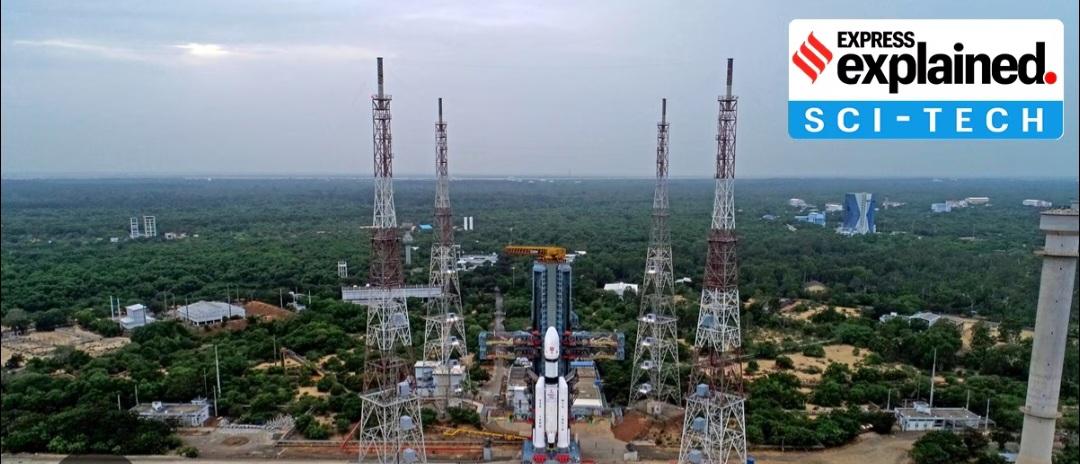Sriharikota Island was chosen as a launch site for space missions, primarily due to its location on the east coast and proximity to the equator. This strategic positioning offers significant advantages for launching satellites, particularly in the eastward direction, maximizing the effect of Earth's rotation.
Here's a more detailed explanation:
East Coast Location:
Launching rockets eastward utilizes the Earth's rotational velocity. This means that a rocket launched eastward from the east coast gains an initial velocity, increasing its overall speed and payload capacity.
Proximity to the Equator:
Being near the equator provides an additional boost in velocity due to Earth's rotation. This is especially crucial for launching geostationary satellites, which require a specific orbital plane in the equatorial plane.
Safety Considerations:
The island's location is also beneficial for safety. It's relatively uninhabited, minimizing the risk to human populations during launches, and its proximity to the sea allows for safe discarding of rocket stages and debris in the event of malfunctions.
Established Infrastructure:
Sriharikota is home to the Satish Dhawan Space Centre (SDSC), a well-established launch complex with necessary infrastructure for assembly, integration, and launch of rockets and payloads.

